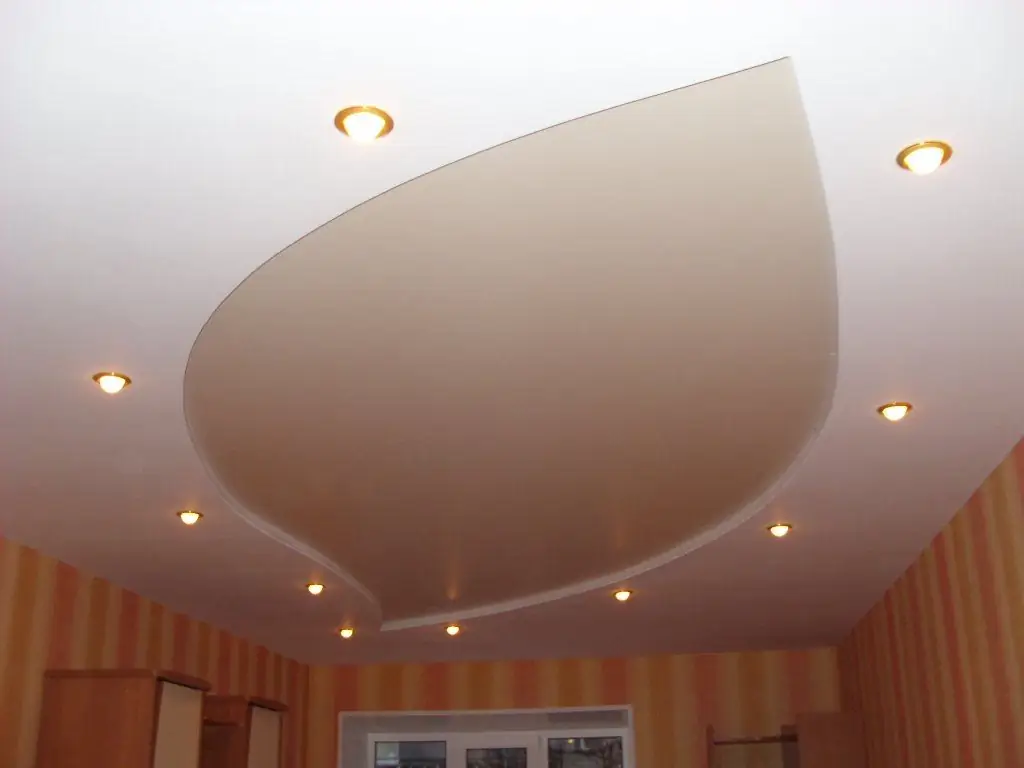
Table of contents:
- Author Bailey Albertson [email protected].
- Public 2023-12-17 12:53.
- Last modified 2025-01-23 12:41.
Ways and means for painting a drywall ceiling with your own hands

Your plasterboard ceiling is almost ready, the final touch remains - painting. It would seem that this is the easiest finishing stage. But in fact, the correct, high-quality ceiling painting can require truly professional skills from you. In this article, we will tell you how to paint a drywall ceiling, and explain in detail all the features of this process.
Content
- 1 Choosing the right paint
- 2 Prepare tools, materials and ceiling for painting
- 3 The process of painting a plasterboard ceiling
- 4 A few tips from professionals
- 5 Video about painting a plasterboard ceiling
Choosing the right paint
Take this activity responsibly. After all, you have already spent a lot of time and effort to make a plasterboard ceiling, to install decorative lighting on it. You can't mess things up at the end.
Among the modern means for painting materials such as drywall. The most popular are:
- alkyd enamel;
- water-based paint;
- water dispersion paint.
You need to choose one of these options.
When choosing a paint, keep in mind that its properties can hide the imperfections of the ceiling, or, on the contrary, emphasize them. If the surface is even, without flaws, you can use any paint, including glossy. If there are errors in the putty, then glossy paint will only show them even more, so it is better to use matte paint, which will hide the remaining defects.
We suggest you apply water-based paint. It is very easy to use, relatively cheap and common in the market.

Water-based paint is great for working with plasterboard ceilings
It is necessary to pre-thin the water-based paint before application. Read the instructions on the bank carefully. Some manufacturers offer to dilute the product right before application, while others produce paint immediately ready to use. In this case, it cannot be diluted, otherwise the quality of the coating cannot be guaranteed.
Typically thinning recommendations are to add about 5-10% of the total can volume to the paint. Paint consumption is approximately 1 kg per 5 sq. M.
We prepare tools, materials and the ceiling for painting
The most important thing in this work is to adhere to the basic rules of painting technology, and then you will save a lot of money both on paint and on the services of specialists, which are not cheap. So, our process will need:
- water-based paint;
- construction mixer and special attachment to it;
- paint bath;
- stable stepladder;
- spray gun or long-nap roller:
- brushes of various widths;
- gloves;
- painting tray;
- glasses that protect eyes from paint.
Now let's start preparing the ceiling surface. First of all, you should bring out a perfectly flat surface. For this, a primer, putty, intermediate work, grouting, etc. are used.
Before painting itself, you will need to apply a layer of primer to the surface to ensure a better adhesion of the paint. Do not forget that the primer is applied to a completely dried ceiling after it has been putty

Be sure to prime the ceiling before painting
A primer is also necessary because drywall absorbs moisture well, and if you paint it without priming, then the sheets will crack and stain over time. Even re-staining will not save you from these defects. As a result, the most correct preparation method looks like this: putty - primer - grout - again primer - painting. Be sure to wait until it is completely dry after each step.
Plasterboard ceiling painting process
This work, like any other, has certain nuances, without observing which you can paint the ceiling incorrectly, causing tangible damage to your wallet. To avoid having to start all over again, adhere to the following rules.
- When the painting process has already begun, do not stop halfway. On the ceiling, you need to create a solid main pattern.
- Use only one tool. Each roller has its own decorative layer, so you need to use it in one direction. Do not flip, much less change the roller in the process.
- Do not go back to an already applied layer that has already begun to dry. This will disturb the overall picture and create a noticeable visual spot.
Now it is worth choosing the option of painting the plasterboard ceiling. All of these methods are quite simple, you just need to study them as closely as possible before using.
For painting in one layer, prepare the paint according to the instructions, prepare all the necessary tools.
Set up a stepladder (you can use a table or scaffolding instead) and start from the corners of the ceiling. The corners must be painted first with a small brush, and then with a roller. Try to do this at a constant speed, evenly, and very carefully. This is necessary in order to create a spatial reserve, which during subsequent work will save the wall from smearing with paint.

Correctly painted plasterboard ceiling with high-quality water-based paint
When everything is ready, move on to the main process. Pour paint into a tray and dip the roller completely into it. The bristles on the roller should be soaked in the coloring matter, so roll the tool in the tray.
Next, rub the paint with a roller on the ceiling surface with even movements.
Painting in two layers. This method has one strict rule: the next layer of paint must be applied strictly perpendicular to the previous one, and only after complete drying. everything else is done according to the same scheme as in the first case.
You can paint your plasterboard ceiling in three layers. Stick to this scheme: apply the first layer vertically, the second horizontally, the third vertically again.
A few tips from professionals
As you can see, the painting process is actually not very complicated, and even a beginner can do it. The main thing is attentiveness and accuracy. Before you get started, here are some tips to help you get things done faster and better.
- You don't have to use a roller. By using a spray gun, you will spray water-based paint much faster. This device is very convenient to use. Protect the walls with sheets of paper or newspapers just in case.
- Do not try to speed up the drying of the paint. On the contrary, this can lead to a decrease in the quality of work. It is better to close the room during the process so that there are no drafts, as well as turn off the heating and ventilation.
- If you do decide to use a roller, choose a velor short-nap tool.
- To avoid obvious joints, paint in stripes approximately 1 m wide. The next strip is superimposed on the previous one by 10 cm.
- When painting a ceiling in two coats, wait for the first coat to dry and wipe it off with a clean damp cloth.
- The second layer should be laid apart to avoid overlapping joints. To do this, apply the paint perpendicularly, and you should start on the other side of the ceiling.
- If specks, hairs, pellets stick during the painting process, remove them immediately.
- Before doing the main painting, paint the corners of the room with a brush. The same applies to chandeliers, places of output of communications and decor items - they should be painted around. Do this in jerky movements to avoid noticeable marks.

Using a spray bottle can make your task much easier
Following these simple rules will help you get the job done quickly, easily and efficiently.
Video about painting a plasterboard ceiling
We hope that our article has fully revealed to you all the secrets of the technology for painting a plasterboard ceiling. If you still have questions, ask them in the comments. We wish you easy work and comfort in your home!
Recommended:
How To Make A Swan Out Of A Tire With Your Own Hands: Video, Photo, Diagram And Step-by-step Instructions
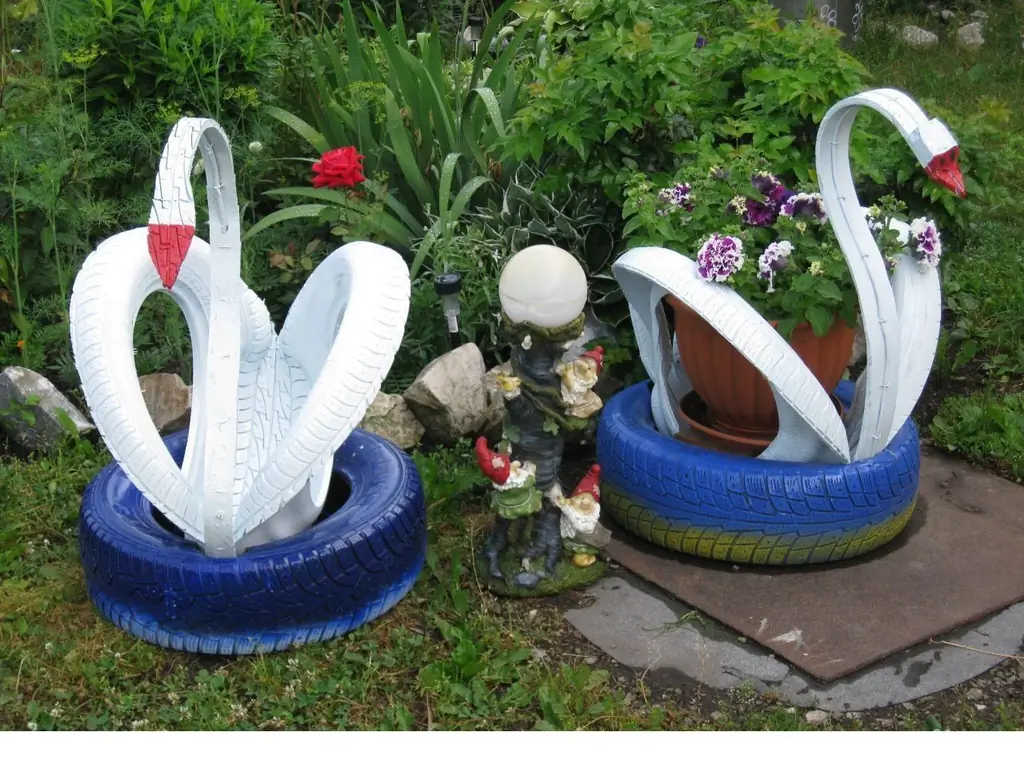
Step-by-step instructions for making different shapes of swans from old tires. Necessary materials and tools, possibilities of use
How To Paint Furniture With Your Own Hands (including Old Ones) (with Video)
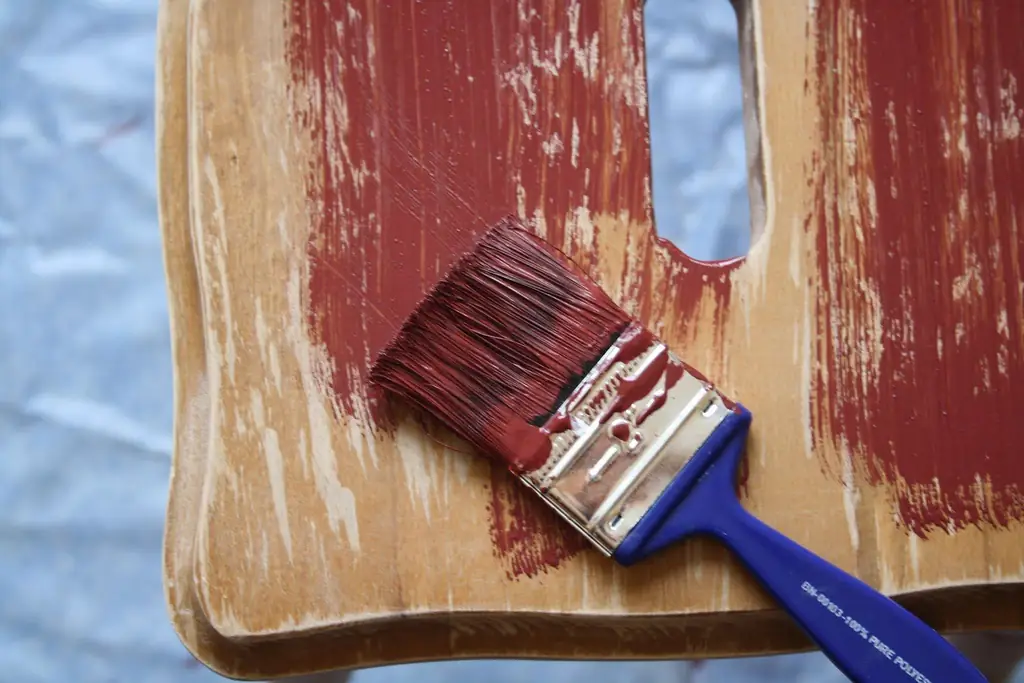
Detailed advice on preparing and painting furniture. Selection of materials and tools. What are the painting options
Gazebo With Barbecue And Barbecue With Your Own Hands - Step By Step Instructions With Photos, Drawings And Video
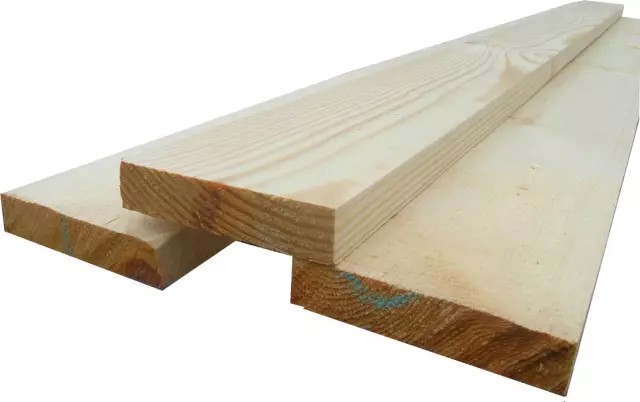
Brazier, grill or barbecue: how to choose an outdoor cooking device and build a suitable gazebo for it on your site
How To Make A Florarium For Succulents And Other Plants With Your Own Hands: Step-by-step Instructions With Photo And Video Master Classes
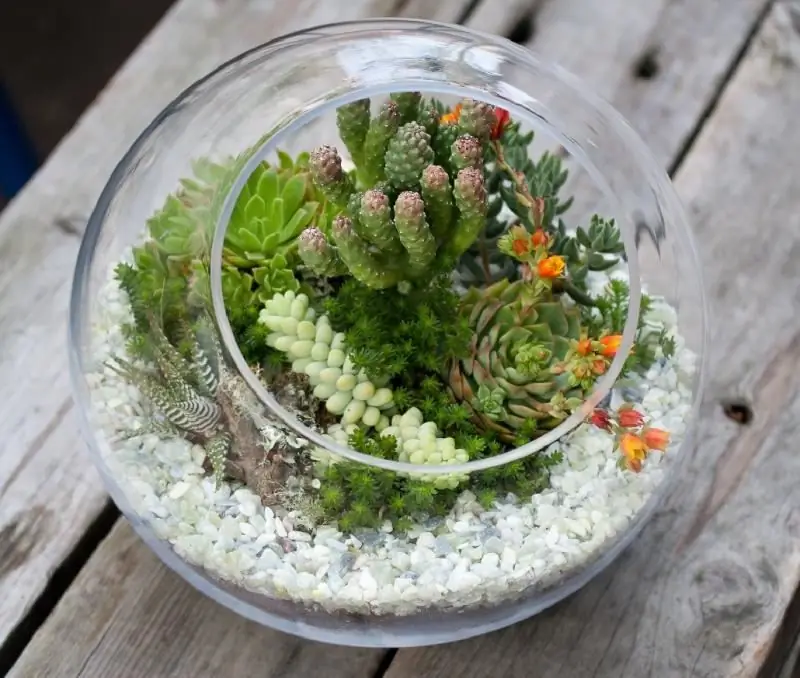
What is a florarium and what are its benefits? How to decorate the interior with it by doing it yourself?
Figured Ceiling Made Of Plasterboard With Your Own Hands, Wave, Oval And Circle + Photo And Video
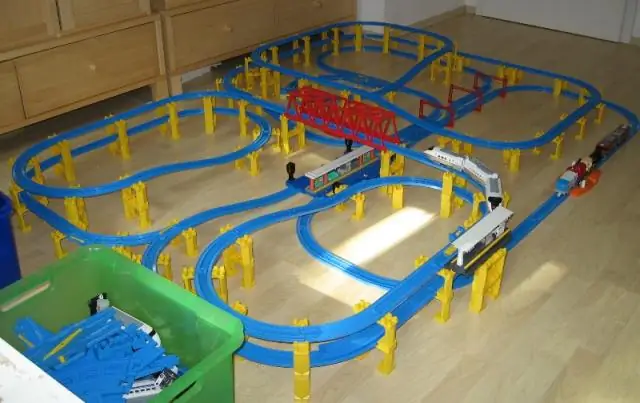
Step-by-step instructions for installing plasterboard ceilings using various curly elements. Materials, tools, tips, design options
